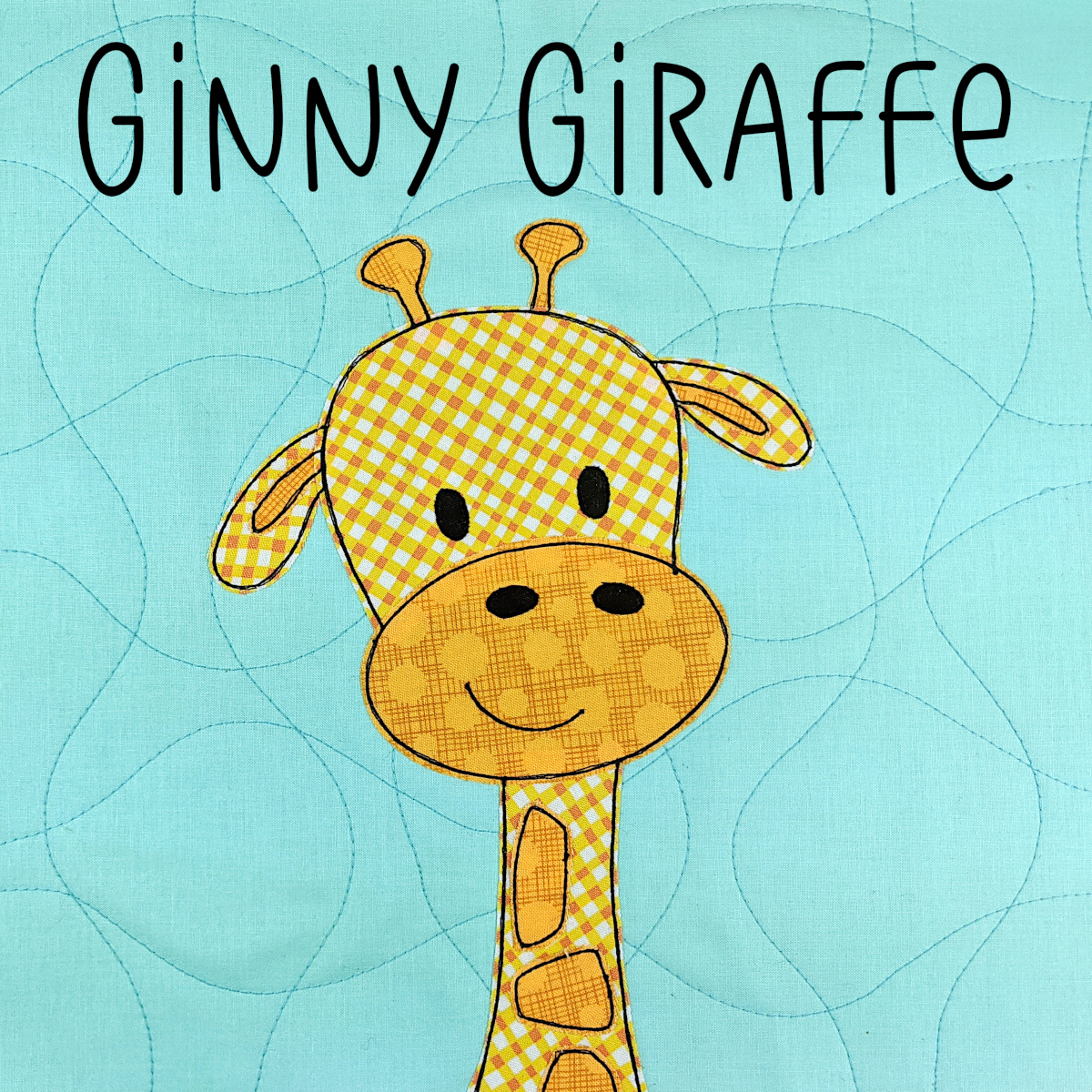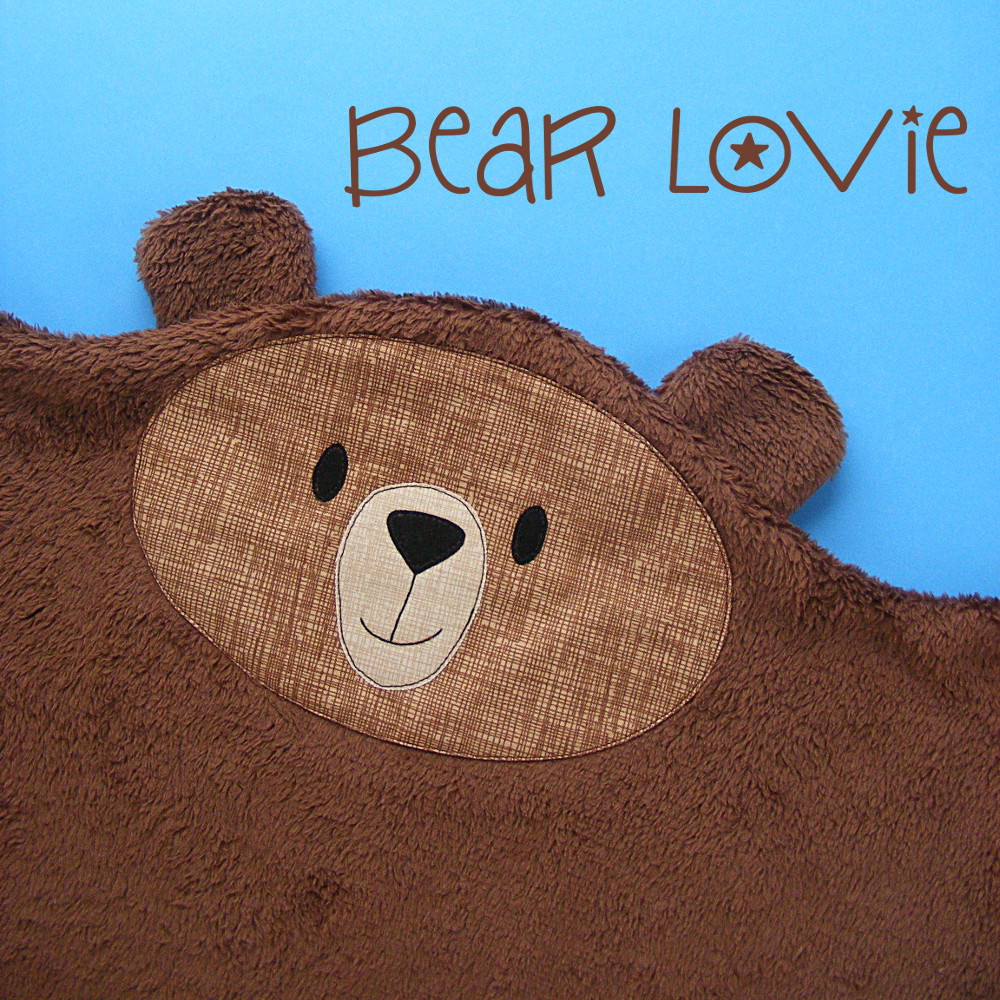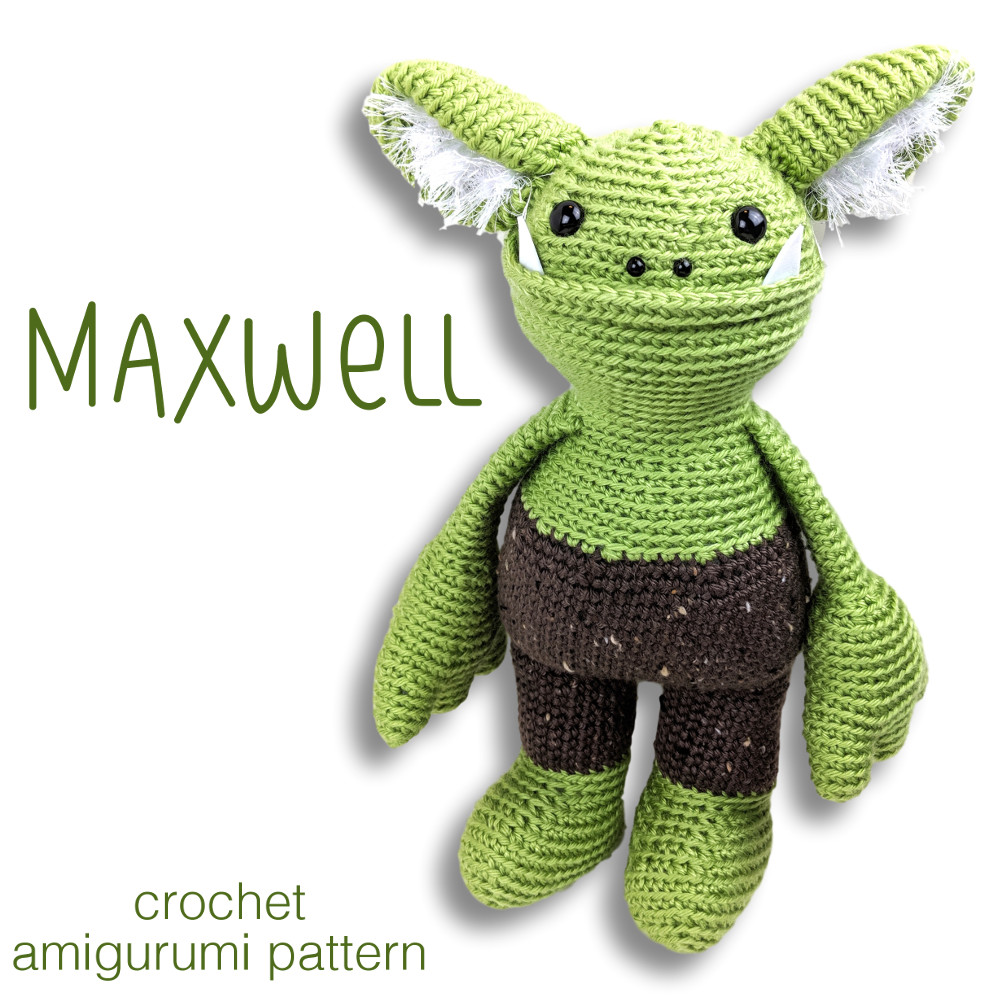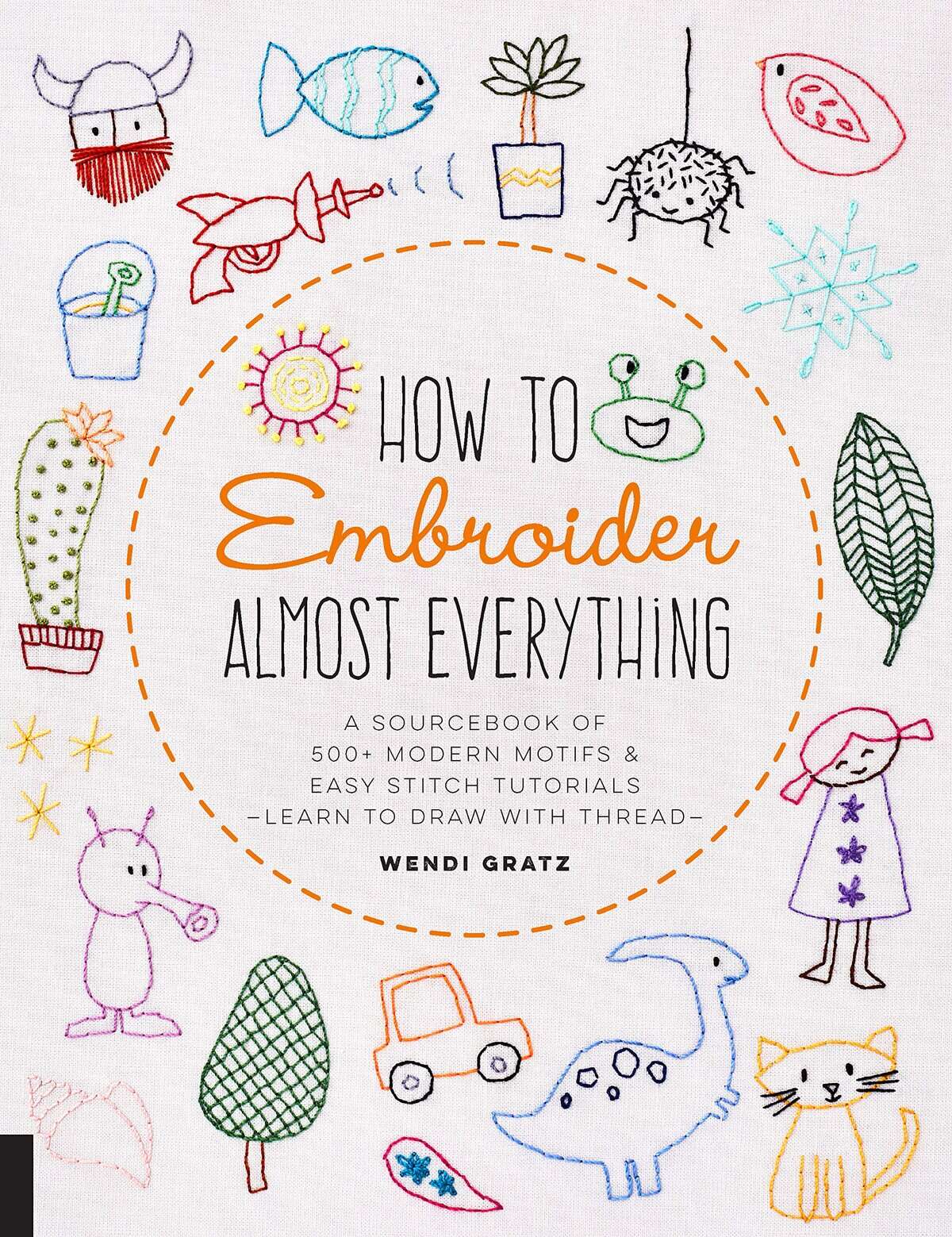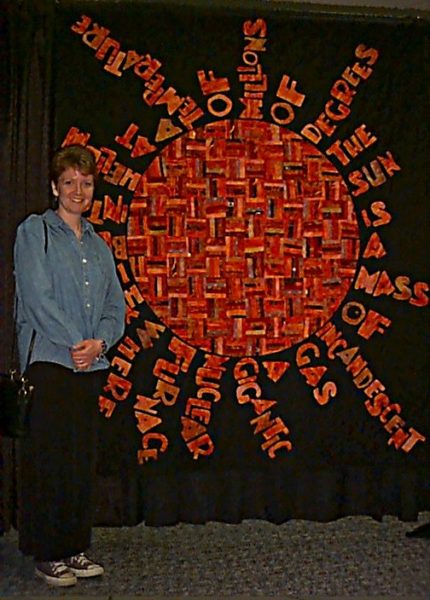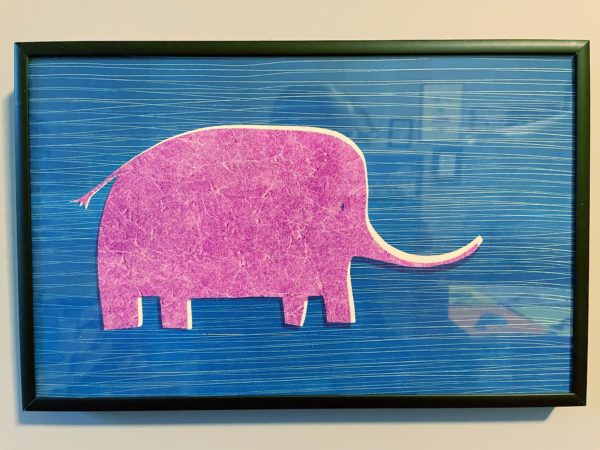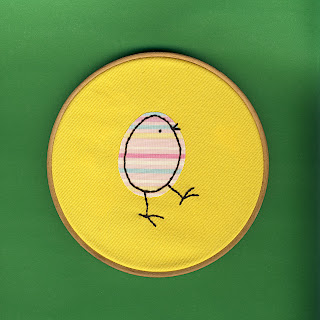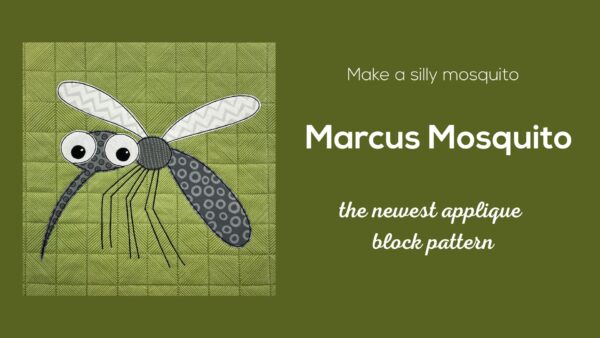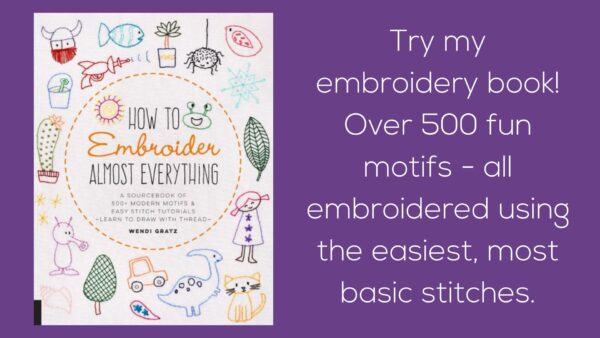Once you’ve pieced your quilt top, you need to know how to baste that quilt. That’s the step that turns your quilt top into a quilt, and it’s what I show you in this video.
Technically, basting a quilt is just temporarily pinning or stitching or glueing the layers together to help them in place while you do the quilting – but in this video I’m going to show you how to make a quilt sandwich (layering together the backing, batting, and your quilt top) and how to baste those layers together.
If you’re making a Quilt As You Go quilt, the batting is already quilted to your quilt top, so all you’re layering together is that quilted top and the backing.
In the video I showed how to baste a quilt with pins – but you can also baste with thread (sewing really big running stitches through all the layers) or with spray adhesive. Pins are my favorite method and these are the curved safety pins I use to baste all my quilts.
Once you get your quilt basted, this video shows you how to machine quilt, and then this video show how to bind the edges to finish your quilt.
Want some quick instructions on how to piece together the simple scrap quilt I use in the demo? It’s super easy.
I dug through my scraps and cut 2-inch strips out of anything at least 2 inches wide. The strips were all different lengths – just what I wanted.
I joined all the pink strips together, all the orange together, and all the yellow together so that I had a long strip of pinks, a long strip of oranges, and a long strip of yellows.
Then I cut those long strips into shorter strips, 18 inches long. I used 11 of these 18-inch strips.
Arrange them in a way that looks good to you. I thought the yellow really popped out, so I alternated yellow strips with pink or orange strips. Play around with what you have until it looks good to you.
Sew the 18-inch strips together, press it all nice and smooth – and voila! You have a quilt top!
I did the same thing for the back with blues, greens, and purples. I cut those strips 20 inches long and used 13 of them so that the back would be a bit bigger than the quilt top.
By the way – this is just the right size for an American Girl doll or any of the Dress Up Bunch rag dolls. 🙂

Here are all my posts about layering and basting your quilt, and the final round of quilting.
- How to Layer and Baste a Quilt Sandwich
- How to Machine Quilt
- My Favorite Tip for Machine Quilting without Swearing
- How to Quilt a Big Quilt on a Standard Sewing Machine
- What Does It Mean to Start Quilting in the Middle and Work Your Way Out?
- How to Quilt Perfectly Parallel Lines
- Tips for Quilting a Cuddle Fleece Back
- Quilting with Decorative Stitching
Here are all my posts about hand quilting and Big Stitch quilting. I don’t use these techniques with fusible applique or Quilt As You Go, but I LOVE using Big Stitch Quilting with my cheater fabric.
- How to Tie a Knot
- Hand Quilting Basics – traditional hand quilting
- Hand Quilting without Marking
- Big Stitch Quilting
- How to Quilt All the Way to the Edge
Finished with this topic?
Return to the Let’s Make a Quilt main Table of Contents.
Move on to the lessons about binding and finishing your quilt.
Happy stitching!


